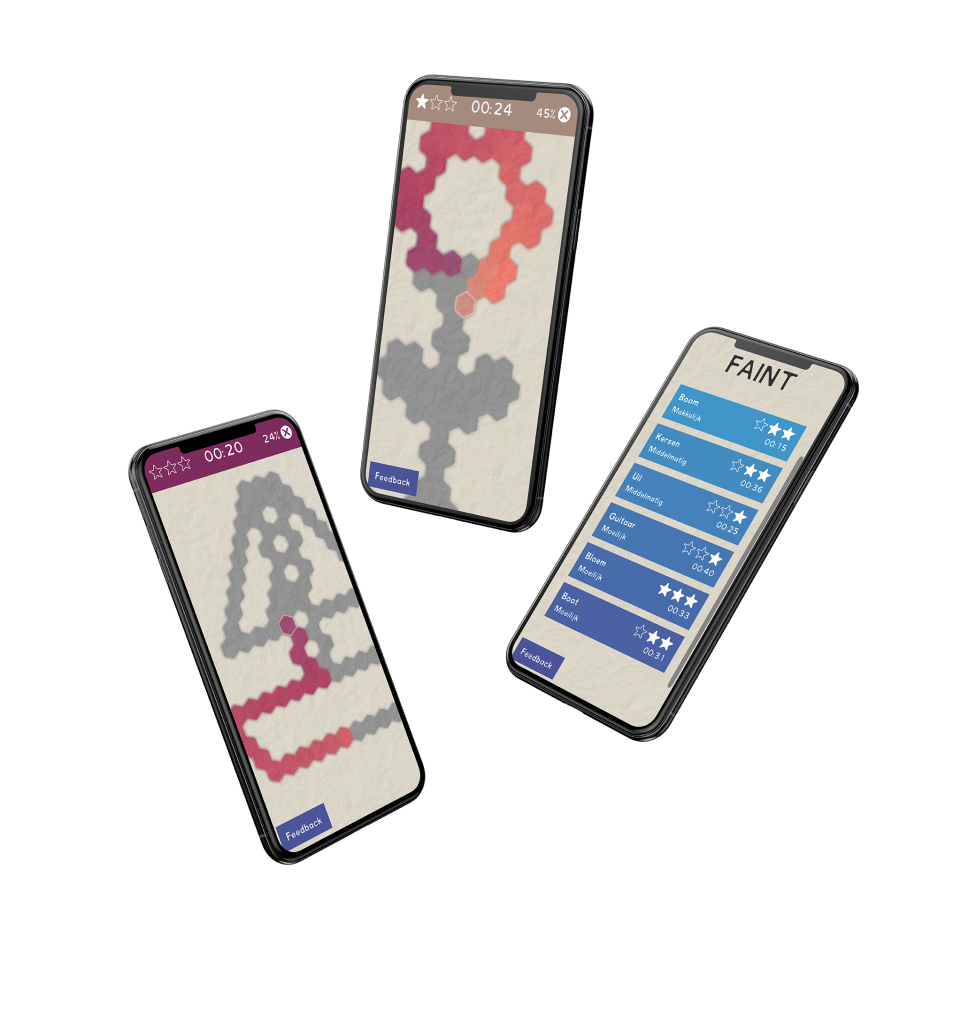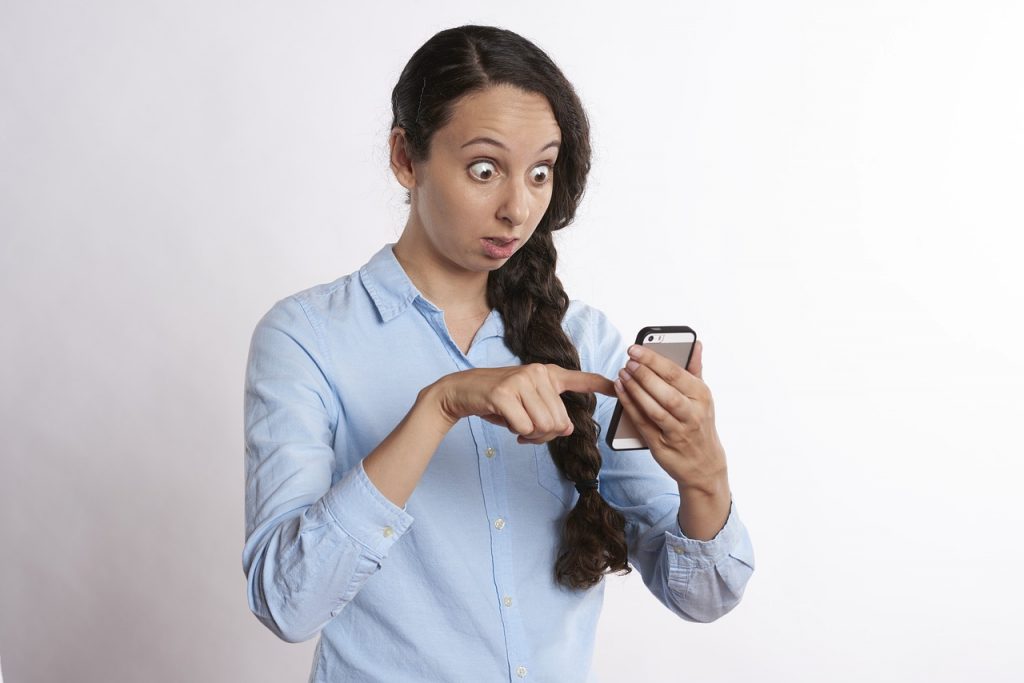This post is also available in Dutch.
Some people have negative feelings towards vaccines, while others fear not the vaccine but the injection itself. What is fear of needles and how can it be overcome?
People who have a fear of needles are afraid of all medical procedures that involve injections or needles. Between 20% to 30% of the world’s adult population suffers from fear of needles, and the estimate is higher in children and adolescents, ranging from 20% to 50%. Being afraid of needles may sound like something trivial, but in fact the opposite is true. It includes emotional distress and physiological symptoms: paleness, sweating, fast heartbeat, and dizziness. In more extreme cases, the condition is so paralyzing that people have skipped their dentist appointments for years.
There are also other ways that fear of needles can affect individuals and even society at large. For instance, people who need to undergo a procedure for either medical treatment or prevention may avoid doing so. This includes insulin injections and vaccines against common diseases— in both cases failing to have an injection will have negative consequences for the individual. Fear of needles also keeps people from volunteering to donate blood, which is not harmful for the individual per se but affects the lives of those who need a blood transfusion. In fact, fear of needles is one of the top reasons for not donating blood.
Most recently, yet another issue has emerged where failure to have an injection would have serious consequences: Covid-19. As vaccines begin to roll out in different parts of the world, fear of needles may prevent some people from getting immunized, which will affect not just their lives but also those of others. Is there a way to help all those with fear of needles?
Researchers at Tilburg University and Sanquin (research institution and a Dutch blood bank) say yes. Their solution to the problem relies on a mobile game app that uses a technique called biofeedback. This technique allows a person to gain control over some of the body’s functions via visual or auditory feedback. Here is how the app works: A person plays a game during which they trace and color a geometric pattern with their finger. The color of the traced pattern changes over the course of the game. The changes in color are not random, though. Rather, they are based on the visual changes in the player’s face, such as facial expressions. These visual cues are picked up through the selfie camera and passed on to an algorithm to analyze and give feedback. The feedback is, as mentioned, the pattern color. Say the pattern turns from blue to red, then the player knows that they need to adjust their body, which can be through, for example, changing their breathing or relaxing muscles, in such a manner as to make the pattern color blue again. This way the person can discover which actions are most effective for keeping their body in a relaxed state.
Researchers who developed the app hope that this cost-effective method will be as effective in reducing fear of needles as some other more expensive methods. For example, exposure therapy can be an effective way to overcome various fears, but it requires trained specialists and multiple sessions, during which a person is exposed to the source of their stress gradually. The biofeedback game, on the other hand, does not require exposing people to fearful stimuli and instead operates by making the person more aware of their bodily signals. According to researchers, one would have eventually learned to change their physical reactions when faced with an actual needle because of this greater awareness.

The current game app is the first prototype and will be improved in the future. To improve the app, researchers encourage everyone and especially those with fear of needles to try out the game and leave a comment about it. If you want to contribute to this research, go ahead and download the game from www.ainar.io
Credits
Original language: English
Author: Julija Vaitonyte
Buddy: Mónica Wagner
Editor: Rebecca Calcott
Translator: Floortje Boowkamp
Editor translation: Wessel Hieselaar
Image by Robin Higgins via Pixabay
